Skin Depth
Epidermis
Dermis
Fat
Muscle
The LYMA Laser is widely considered by independent experts to be the most effective of all at-home devices on the global market today due to its near infrared technology and remarkable ability to support the photobiomodulation process. As the first light-weight, handheld device that matches all the capabilities of substantial laser systems found in top dermatology clinics, The LYMA Laser has caused a seismic shift in the laser skin rejuvenation treatment world.
The LYMA Laser achieves medical-grade results on many types of conditions, including:


Dr Graeme E. Glass, a craniofacial, cosmetic and plastic surgeon, as well as an associated professor of clinical surgery has called The LYMA Laser, “one of the most exciting and innovative products to have been developed for the purpose of skin rejuvenation”.
Independent scientific trials show The LYMA Laser technology is a proven holistic approach to treating pigmentation, blemishes scarring, redness, skin sagging and thread veins as well as more in-depth tasks such as muscle repair in just a matter of months. Customers report that in as little as a few weeks, their skin feels and looks smoother, firmer and overall, more vibrant.
| Laser Type | Average Cost per session | Average Sessions Needed p.a. | Estimated Total cost over 5 years |
|---|---|---|---|
| Fully Ablative CO2/Erbium Laser | £2723* | One-off treatment | £6,808** |
| Non Ablative/Fractional Laser | £338* | 3-6 sessions | £5,070*** |
| IPL Rejuvenation | £153* | 4-9 sessions | £3,825**** |
| LYMA Laser (LLLT) | £1999 (one time fee) | Daily use | £1,999 |
| Average Coat per session | |
|---|---|
| Fully Ablative CO2/Erbium Laser | £2723* |
| Non Ablative/Fractional Laser | £338* |
| IPL Rejuvenation | £153* |
| LYMA Laser (LLLT) | £1999 (one time fee) |
| Average Sessions Needed p.a. | |
|---|---|
| Fully Ablative CO2/Erbium Laser | One-off treatment |
| Non Ablative/Fractional Laser | 3-6 sessions |
| IPL Rejuvenation | 4-9 sessions |
| LYMA Laser (LLLT) | Daily use |
| Estimated Total cost over 5 years | |
|---|---|
| Fully Ablative CO2/Erbium Laser | £6,808** |
| Non Ablative/Fractional Laser | £5,070*** |
| IPL Rejuvenation | £3,825**** |
| LYMA Laser (LLLT) | £1,999 |
*Rounded average prices based on figures displayed on the websites of 5 UK skin clinics on 20/10/2021
**Total cost estimation based on the assumption that on average patients would need 2.5 sessions over 5 years.
*** Total cost estimation based on the assumption that on average patients would need 15 sessions over 5 years.
****Total cost estimation based on the assumptions that on average patients would need 25 sessions over 5 years.
Target54-year-old woman, anti-ageing face treatment
Protocol45 minutes daily for 3 months. Results can take up to 6 months dependent on skin condition
ResultReduced jowl and mouth wrinkles, improved overall skin tone and skin elasticity, brighter complexion

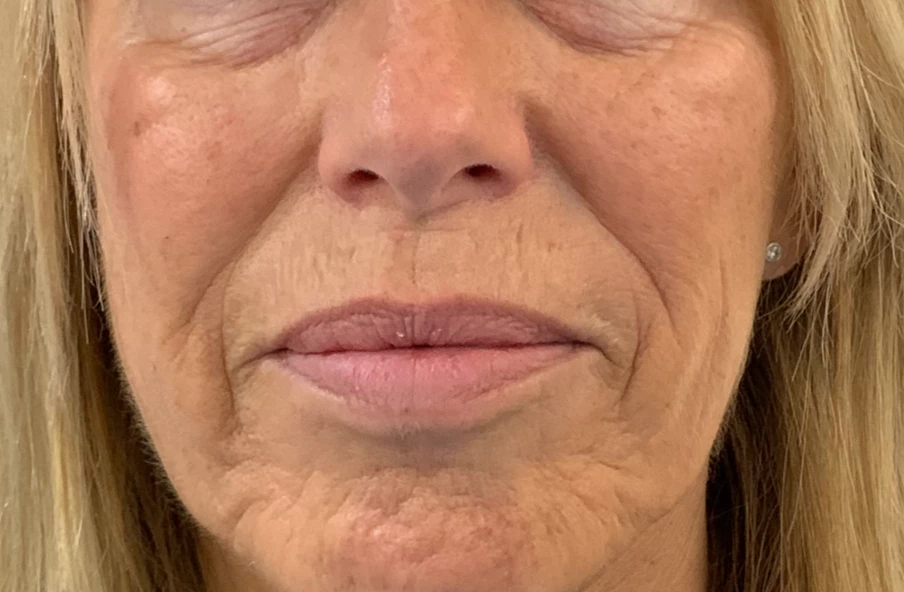
Target75-year-old woman, anti-ageing face treatment
Protocol1 hour daily for 4 months. Results can take up to 6 months dependent on skin condition
ResultReduced wrinkles, improved skin tone and skin elasticity
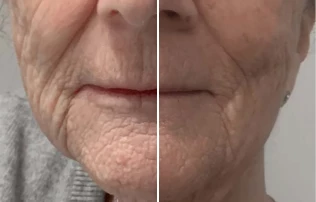
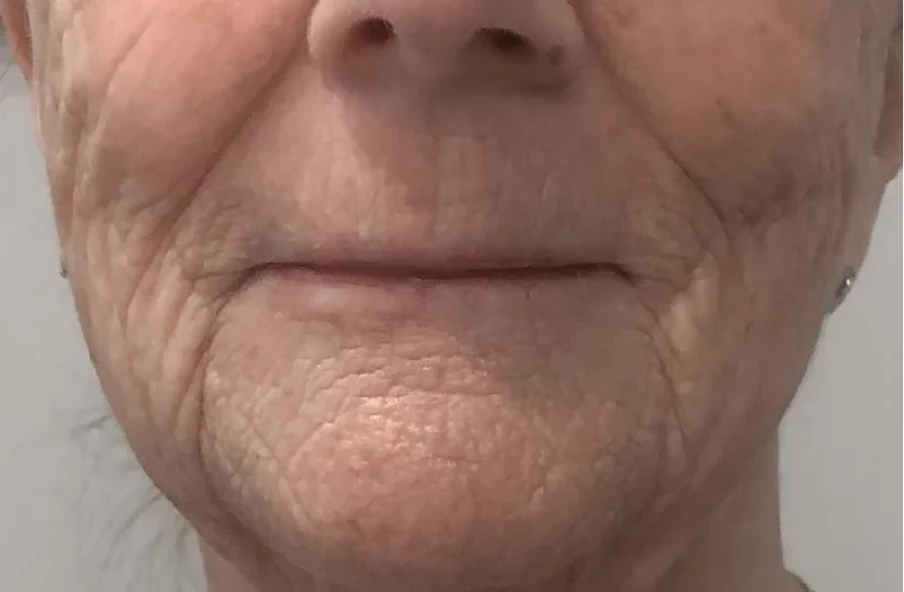
Target47-year-old skin renewal treatment
Protocol15 minutes daily on each knee for 3 months
ResultVastly improved skin texture, skin elasticity and cellulite reduction

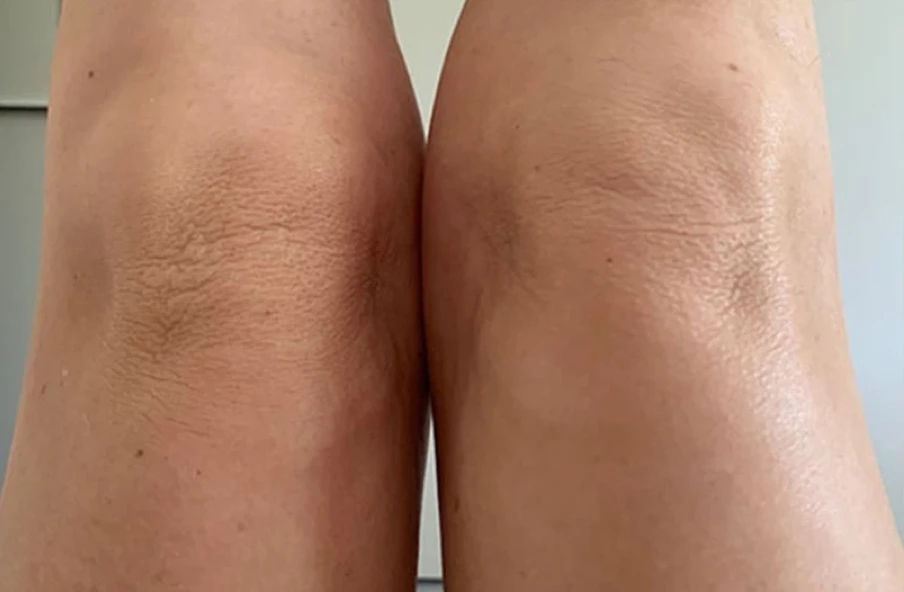
TargetHistoric blemishes scarring
ProtocolUsed 45 minutes daily on affected cheek areas for 3 months
ResultRegeneration of skin to vastly improve skin elasticity and smoother appearance of skin texture
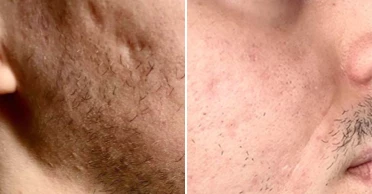
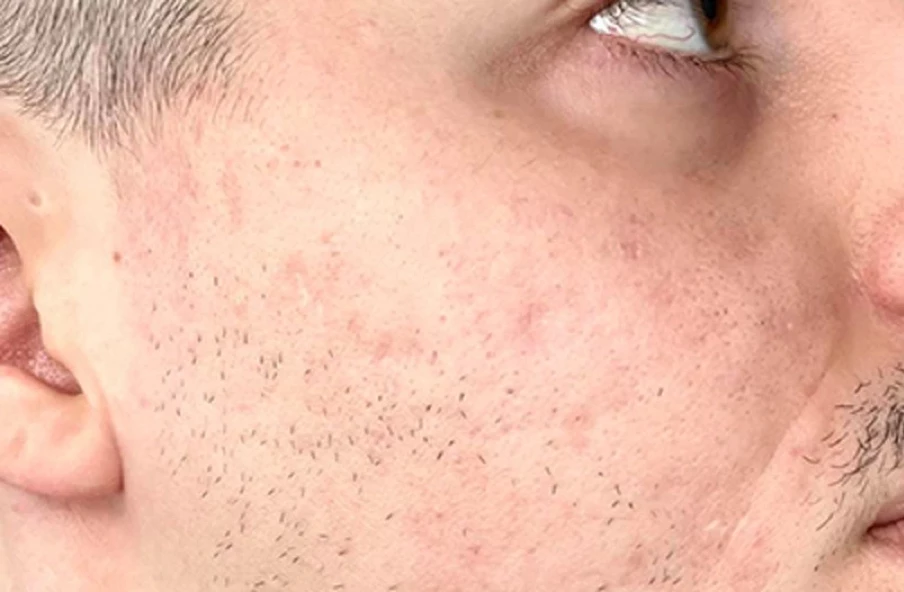
Target48-year-old woman, tighten skin on jowl area and improve tear troughs
Protocol45 minutes daily for 3 months. Results can take up to 6 months dependent on skin condition
ResultTransformed skin elasticity around jowls, reduced dark circles under eyes
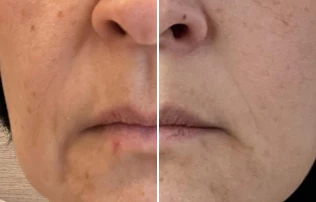
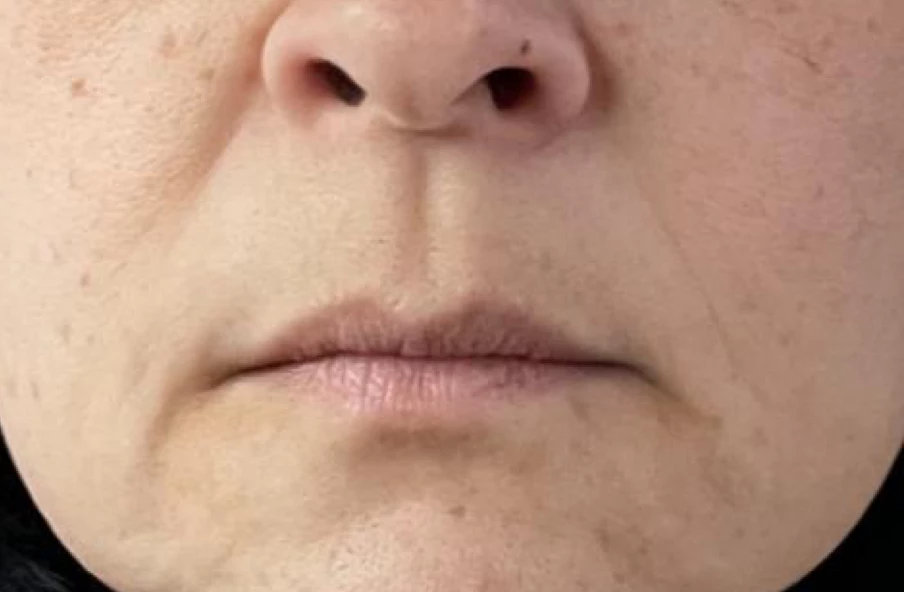
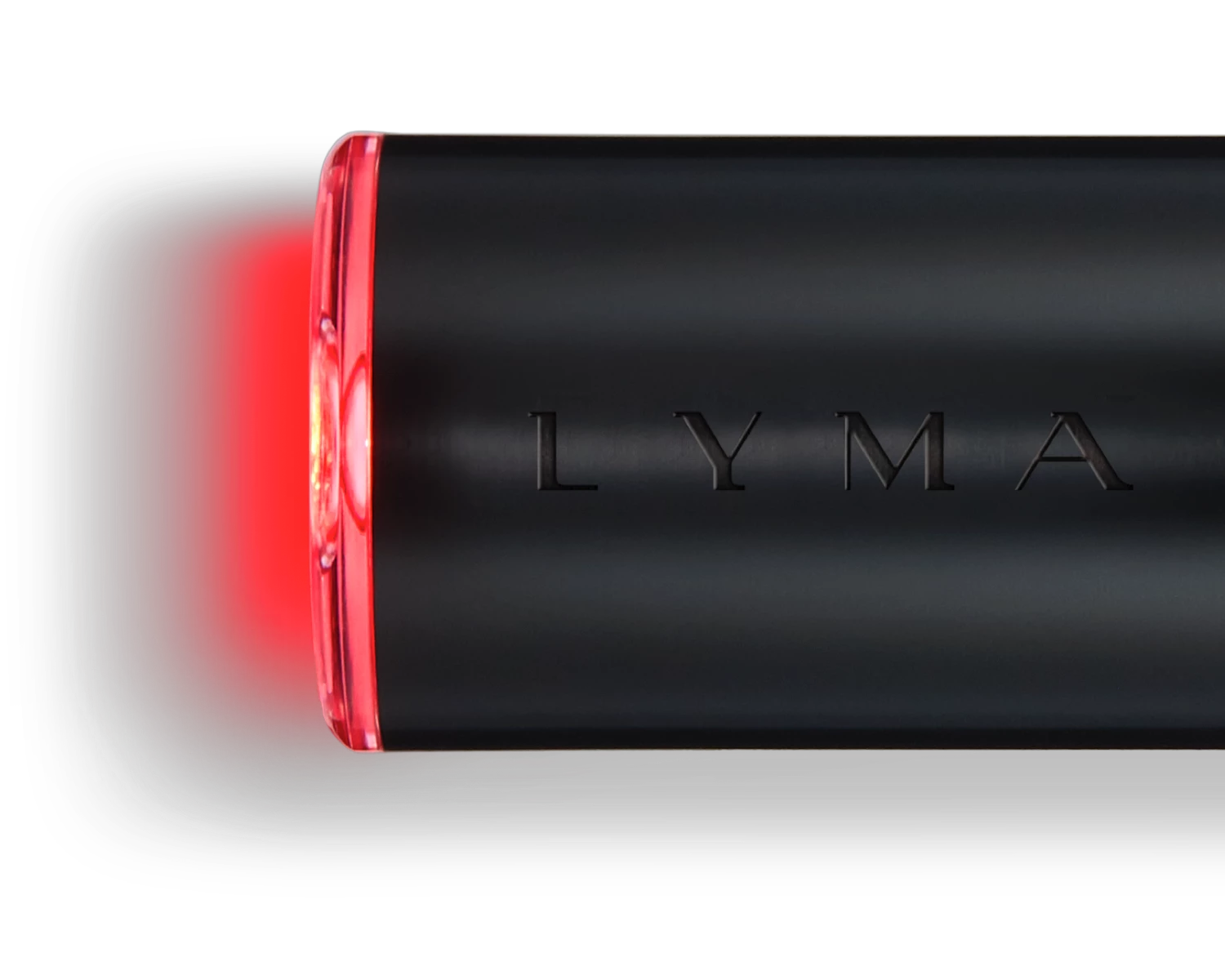
Dr Graeme Glass video
The cost of a full face fully ablative laser resurfacing treatment is on average £2723* per session in the UK. Treatments vary greatly in price, both per session and how many are required based on the skin concern and the area being treated. After purchasing The LYMA Laser, it can be used daily, for as many times as required without any further expense.
Laser skin resurfacing can be an effective treatment for superficial skin concerns such as pigmentation, sun damage, age spots, blemishes scarring, fine lines and wrinkles, sagging skin and uneven skin tone. Working on a deeper level, the unique technology of The LYMA Laser is also able to treat joint and ligament pain as well as to repair muscles.
The effects of laser resurfacing treatments vary in their longevity. Often, the more intensive the treatment, the longer the results will last.
In-clinic laser treatments that cause intentional and controlled damage to trigger skin's healing response are not good for overall skin health, especially for darker skin tones. The LYMA Laser however, causes zero damage to skin and improves skin cell function as a whole.
Laser resurfacing can be painful both during the treatment and afterwards as the skin heals. The level of discomfort is dictated by the intensity and power of the laser as well as the size of the surface being treated. Incorporating breakthrough laser energy dispersion, The LYMA Laser can achieve similar results without inducing any pain nor damage to the skin.
In the case of clinic laser skin treatments no, direct sun exposure is highly damaging to newly treated skin and should be avoided. However, due to its zero-damage approach, The LYMA Laser puts no limits or restrictions on sun exposure or any element of your lifestyle.
Some laser treatments require weeks of downtime, whilst others require a few days but taking time off work is highly likely. Alternatively, LLLT lasers such as The LYMA Laser can be used in leisure time and in the evenings with no downtime required, so do not require any disruption to daily life.
Skin that's been injured or compromised by ill or overuse of laser techniques needs to be treated with a bespoke skincare or medication plan. A trustworthy professional will be able to advise you on how to repair laser damaged skin. To avoid any skin cell damage, use The LYMA Laser for skin rejuvenation.
Darker skins have long been excluded from laser treatment due to the potential of post inflammatory hyperpigmentation and scarring. Research also suggests that many lasers struggle to detect darker skin tones, making options limited. Conversely, The LYMA Laser has proved highly effective on all skin tones without any damage or associated risks.
Both chemical peels and lasers can be used for skin resurfacing, one using chemicals and the other, light. Whilst chemical peels come in different strengths and treat the entire face, lasers are better at targeting specific areas of concern. Side effects also differ but research suggests that chemical peels are more suited to darker skin tones as they do not carry the risk of post-inflammatory hyperpigmentation or scarring associated with laser treatment. The LYMA Laser is an exception to this rule however, as it is perfectly suited to any skin tone and proven to work safely and effectively on darker skin.
Research shows that 95% of people who've suffered from blemishes, have residual scarring and lasers are a hugely effective method of minimising that scarring. Lasers encourage skin rejuvenation so can heal active blemishes but aren't right for cases of cystic blemishes. Blue LED lights are very effective at killing the bacteria that cause blemishes and this is the reasoning behind blue LED lights being engineered into The LYMA Laser.
Age-related blemishes often leave scarring and pigmentation marks. The LYMA Laser has been proven to be highly effective at reducing and removing age-related blemish marks and pigmentation within just a few months of daily use. Visit the dedicated laser for pigmentation page for more info.
Non-ablative lasers, red and infra-red light can all stimulate collagen production within the skin, without causing the harm that ablative lasers and surgery do.